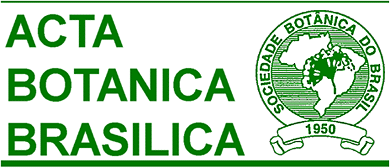Resumo em Inglês:
ABSTRACT In seasonally dry tropical forests, species carrying attributes of Stress Resistance Syndrome (SRS) may have ecological advantages over species demanding high quantities of resources. In such forests, Poincianella bracteosa is abundant, while Libidibia ferrea has low abundance; therefore, we hypothesized that P. bracteosa has characteristics of low-resource species, while L. ferrea has characteristics of high-resource species. To test this hypothesis, we assessed morphological and physiological traits of seedlings of these species under different water regimes (100%, 70%, 40%, and 10% field capacity) over 85 days. For most of the studied variables we observed significant decreases with increasing water stress, and these reductions were greater in L. ferrea. As expected, L. ferreamaximized their growth with increased water supply, while P. bracteosa maintained slower growth and had minor adjustments in biomass allocation, characteristics representative of low-resource species that are less sensitive to stress. We observed that specific leaf area, biomass allocation to roots, and root/shoot ratio were higher in L. ferrea, while biomass allocation to leaves and photosynthesis were higher in P. bracteosa. Results suggest that the attributes of SRS can facilitate high abundance of P. bracteosa in dry forest.
